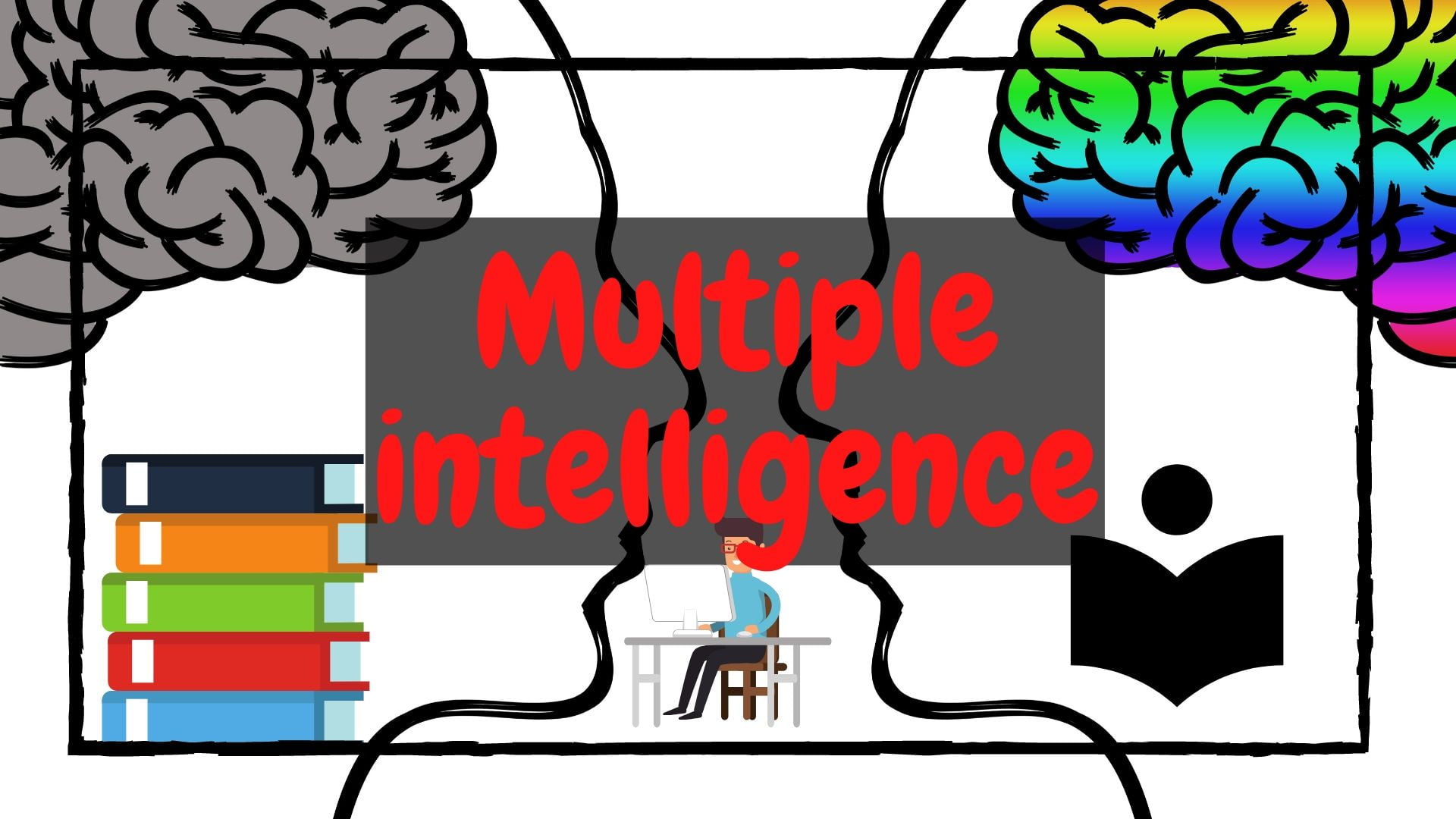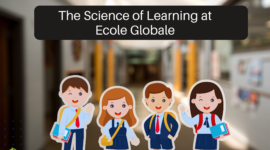Thirty-five years ago, Howard Gardner presented his multiple intelligence hypotheses, and it was a progressive thought that tested since a long time ago among the treasured convictions of education. People, then, were keen on global insight—an individual’s capacity to tackle issues and apply consistent thinking over a wide scope of controls. Promoted to some degree by the IQ test, which was initially evolved in the mid-1900s to evaluate a child’s capacity to “get, reason, and make decisions,” general insight clarified why a few students appeared to exceed expectations at numerous subjects. Gardner found the idea excessively restricting.
Generally, insightful works about knowledge centre on a mix of etymological and intelligent insights- the specific scholarly qualities.
Multiple Intelligence theory has, to a great extent, been affirmed by late examinations from the fields of neuroscience. A recent report, for instance, overturns the hundreds of years old thought that teaching happens in unmistakable territories of the cerebrum; researchers have found, rather, that language training includes the entirety of the areas of the mind since it includes all intellectual working of people— visual handling as well as considerations, conceptual thinking, working memory, and anticipating, to give some examples. What’s more, a developing group of proof has significantly modified our comprehension of mental health, uncovering that we proceed to develop and change mentally well into adulthood.
“The facts demonstrate that I compose a great deal and furthermore that I am misconstrued a ton,” says Gardner, who initially proposed seven unmistakable insights, including an eighth a decade later. The serious mix-up: In mainstream society, and our instructive framework, the hypothesis of different insights has time and again been conflated with learning styles, diminishing Gardner’s reason of a multifaceted framework back to a solitary “favoured knowledge”: Students are visual or sound-related students, for instance, yet never both. We’ve unearthed the regular old snare—we’ve essentially exchanged one insight for another.
Unmistakably youngsters adapt in an unexpected way—instructors in Ecole Globale International School for Girls- the best girls’ boarding school, crowd are inflexible on that score—yet a good look into the theory shows that when students process and hold data, there is no predominant organic style and that when educators attempt to coordinate guidance to an apparent learning style, the advantages are nonexistent.
WIDE ACCEPTANCE OF THE THEORY
More than 90 percent of instructors accept that students learn better when they get information custom fitted to their favoured learning styles; however, that is not always possible. The thought likewise influences students. In an investigation conducted recently, it was found that a significant number of students regularly adjust their examination systems to coordinate these learning styles. However, subsequent to examining the test scores of these students, scientists found no improvement. Rather, they found that reliable techniques, for example, seeing magnifying instrument slides on the web—worked similarly well for all students, regardless of whether they viewed themselves as semantic or visual students.
The investigation features the estimation of learning through different modalities, which is a viable method to support memory and comprehension. A recent report found that students have a more profound theoretical comprehension of an exercise when the educator’s pair addresses with charts. When students utilize more than one medium to process an exercise, learning is all the more profoundly encoded—and being excessively dependent on an apparent predominant learning style is a formula for learning less viably.
WHAT TO DO AND WHAT NOT
So what should educators do? Gardner contends that “multiple intelligence ought not, all by itself, be an instructive objective.” Instead, here are a couple of proof-based rules and regulations for applying various insights hypothesis in your classroom-
Do’s:
1- Give students numerous approaches to get to data: Not just will your exercises be additionally captivating, yet students will be bound to recollect data that is exhibited in various manners.
2- Individualize your exercises: It despite everything bodes well to separate your guidance, regardless of whether students don’t have a solitary predominant learning style. Maintain a strategic distance from a one-size-fits-all strategy for instructing and consider students’ needs and interests.
3- Join human expressions into your exercises: Schools frequently centre around the semantic and sensible insights; however, we can support student development by letting them communicate in various manners.
Don’ts:
1- Mark students with a specific kind of insight: By categorizing students, we deny them chances to learn at a more profound, more extravagant level. Marks, for example, “book brilliant” or “visual student”— can be unsafe when they demoralize students from investigating different perspectives and learning, or from building up their more vulnerable aptitudes.
2- Mistake different insights for learning styles: A famous confusion is that learning styles are valuable in classrooms which isn’t true. We read and process spatial data with our eyes; however, learning requires various sorts of knowledge. It doesn’t make a difference in what sense we use to get data—what is important is how our cerebrum forms that data. Drop the term styles. It will confound others, and it won’t help possibly you or your students.
3- Attempt to coordinate an exercise to a student’s learning style: Although students may have an inclination for how the material is introduced, little coordinating materials to an inclination will upgrade learning. In coordinating, a supposition that is made that there’s a solitary most ideal approach to realize, which may at last keep students and educators from utilizing techniques that work.









